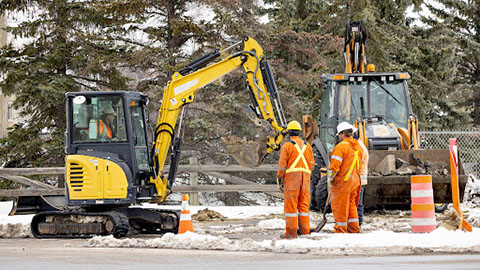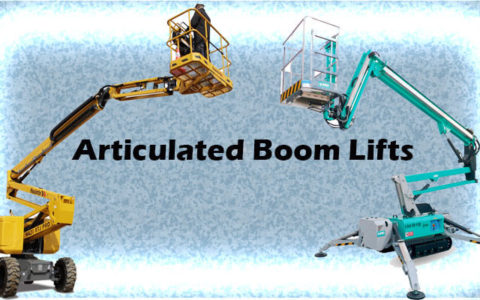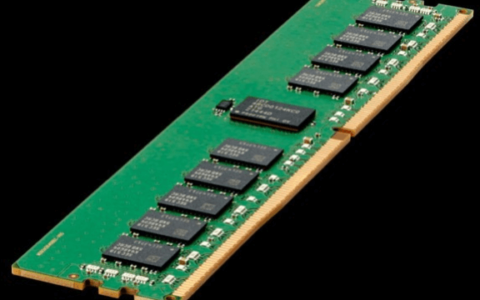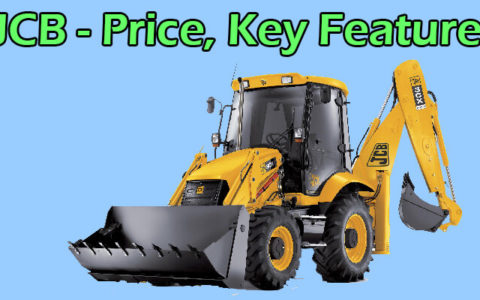Excavators are widely used at construction sites as these are employed to carry out digging, demolition tasks, lifting, landscaping and dredging rivers. Any carelessness or mistake could lead to severe consequences, be it work or the worker.
To avoid mishappening operators must undergo extensive safety training that can save the day; here we’ll try to enumerate all the pre-operation, during operation and post operations safety tips:
Mini excavators vs Standard excavators: Which one to choose for your project?
Mini excavators are structurally the same as standard excavators, and the critical difference lies in the equipment’s weight, size and power. Based on the project’s requirements, a choice can be made between these two. The most critical aspects looked into are:
- Dump height
- Bucket capacity
- Breakout force
- Required depth
However, making a standard excavator stand out has many advantages associated with mini excavators. The mini excavators benefit projects on job sites where limited access to space and transportation methods are costly.
Due to their compact size, mini excavators can easily make it through the narrow pathways leading to precise digging and grading. Mini excavators are cost effective as these machines consume less fuel than their counterparts and have low transportation costs and logistical challenges.
Mini excavators are ideal for use in urban and residential areas due to their enhanced manoeuvrability feature.
Pre Operation Safety Tips
Read manuals
To get familiar with the control of the equipment, you need to review the operator’s manual. You must carefully observe the essential details such as warning labels, stickers, specification charts and maintenance information.
Examine Control Areas Carefully
Check if everything is in its proper place and is in good condition. You also need to look out for loose bolts, damaged parts, oil leaks or potential leaks and trash build up. Here is a list of critical parts that you need to examine:
- Hydraulic parts
- Engine compartment
- Mirrors
- Undercarriage parts
- Attachment parts
- Track system
Run the Diagnosis
Check whether there are any warning alerts and diagnosis codes after switching the key. Before starting the operation, rectify the code.
Inform the Utility Services
Get your job site marked for underlined projects by informing utility services.
Mid Operations Safety Tips
Operators Seat
There is only one seat in the machine meant for the operator. No one is supposed to sit in any part of the machine, such as a cab or bucket.
Be In Charge Before Starting
Make sure you’re in control before starting the machine.
Speed Limitations
Maintain the speed as prescribed under the job conditions.
Navigating Through Tough Terrains
It’s advisable to maintain low speed on the rougher terrains and congested areas.
Avoiding Collapse
Keep the soil piles at distance (at least 2 feet away) to avoid cave in.
Levelling
While excavating on the hills, create bench cuts to position equipment on level surfaces at regular intervals along the slopes.
To level the lower slopes, use the higher slopes’ leftovers.
Do not dig lower than the excavation to avoid a cave-in risk, as the soil is unsupported, leading to sudden collapse or sliding away of the material. Also, excavations lie near the underground utilities and digging beneath could lead to disruptions such as harm to the gas or electrical pipelines.
Proper Excavation Technique
To backfill the track and propel, motors should be placed perpendicular to the excavation as this will distribute the machine’s weight across all parts. Hence there will be improved traction, and ground disturbance will be minimized.
Do not swing the truck cab or excavator’s bucket while loading, as it may increase the risk of overturning the equipment and also stress the mechanical component of the equipment.
Post Operation Safety Tips
Cooling Down the Turbo Charger
- To reduce the engine’s revolution per minute, you need to turn off the auto-idle switch, as this would lead to the engine returning to its regular operating speed, and there would not be any heat generation.
- Keep the engine at an intermediate throttle position to gradually decrease the temperature and reduce the risk of thermal stress.
- To release the strain on equipment, put no load.
- Consult the manufacturer’s guidelines and recommendations where the proper cooling process will be specified.
Parking for a Safe Shutdown
- Park the equipment on a flat surface to avoid making it prone to tipping when turned off.
- Lower the bucket attachment so there are low chances of the machine rolling or moving because of hydraulic pressure.
- Using the critical switch turns the engine off while keeping RPM idle.
- A cab houses various components, so it needs protection against external elements such as vandalism, so do not forget to lock the cab.
Last but not Least
Additionally, there should be at least one competent person to identify dangers and could be in a position to counter the potential threat timely. To ensure quick emergency evacuation, ensure the ladder sticks out of the trench at least 3 feet.







